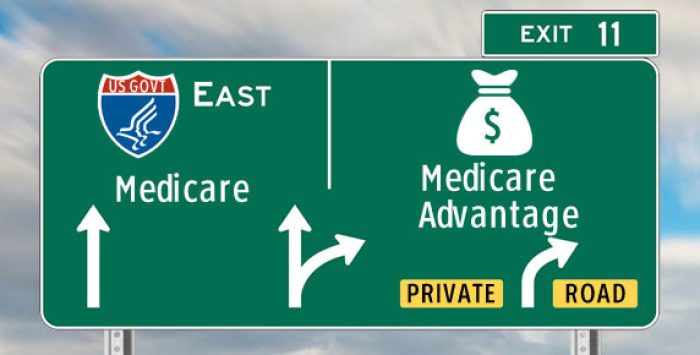Medicare supplement policies (Medigap) are standardized, with ten different plan designs, designated with a letter from A to N. Availability varies depending on where you live. For the most part, a plan design is the same nationwide (so a Medigap plan G is the same in Colorado as it is in California, for example) but three states – Massachusetts, Minnesota, and Wisconsin – have different rules for how Medigap policies are standardized.
Each of the ten plan types is different in what it covers. In general, they focus on covering the deductibles and copays that are out-of-pocket costs under Original Medicare. (You must have Original Medicare – not Medicare Advantage – to use a Medigap plan.) But each plan covers a different combination of out-of-pocket charges.
Although the plans themselves are standardized, the premiums vary from one carrier and region to another. So for example, a Medigap Plan C will provide the same benefits regardless of what carrier offers it, but the prices for various Medigap Plan C options will vary considerably depending on where the enrollee lives and the insurer that they choose.
Do Medigap plans cover the Part A and Part B deductibles?
Nine of the ten plans — all except Plan A — cover at least a portion of the Medicare Part A deductible (the deductible is $1,632 per benefit period in 2024). But only two Medigap plans (C and F) cover the Medicare Part B deductible (that deductible is $240 in 2024). Plans C and F are only available to people who became eligible for Medicare before 2020. This is due to the Medicare Access and CHIP Reauthorization Act (MACRA), which prohibits the sale of “first dollar” Medigap coverage to newly-eligible enrollees, in an effort to prevent overutilization of services.
(People who were already eligible for Medicare before 2020 can keep Medigap Plans F and C if they already have them, or apply for them if they want to switch plans — keeping in mind that medical underwriting is used in most states if a person applies for a Medigap plan after their initial enrollment period has ended.)
Do Medigap plans cover Part A copays and Part B coinsurance?
All ten Medigap plans cover the copays that accrue under Medicare Part A if you’re hospitalized for more than 60 days, plus the hospital costs for up to another 365 days in the hospital, after your Medicare benefits are exhausted. (Daily copays start on day 61; in 2024, it’s $408 per day until you get to day 90 in the hospital. After that, if you haven’t already used up your lifetime “reserve days” you’ll get another 60 days in the hospital during which you pay $816 per day in coinsurance. After that, your Medicare coverage for that benefit period would be exhausted, but Medigap plans extend your coverage.)
All but two plans (K and L) also pay coinsurance assessed under Medicare B; Plans K and L pay a portion of those charges. Some Medigap plans also cover skilled nursing facility daily copays (which start to accrue on day 21 of a covered skilled nursing facility stay) and/or the Medicare A deductibles, but others do not.
What is the most popular Medigap plan?
Plan F is the most comprehensive of the Medigap policies, and is often the most expensive as a result. But it’s also long been the most popular choice among Medicare beneficiaries because it leaves enrollees with minimal out-of-pocket exposure.
However, Plan F is no longer available to newly eligible enrollees, so Plan G has been gaining in popularity. As of 2022, AHIP reported that 36% of Medigap enrollees had Plan G, versus 39% with Plan F. Three years earlier, Plan F enrollment had been more than double Plan G enrollment. Plan G is an excellent substitute for people who would otherwise have purchased Plan F. The only difference is that Plan F covers the Part B deductible and Plan G does not (but that Part B deductible is only $240 in 2024).
Plan N is also a popular choice. Together, Plan F, Plan G, and Plan N account for 85% of all Medigap enrollments as of 2022.
Footnotes
Tags: copayment, deductible, Medicare supplement, Medigap, Medigap Plan C, Medigap Plan F, Original Medicare





